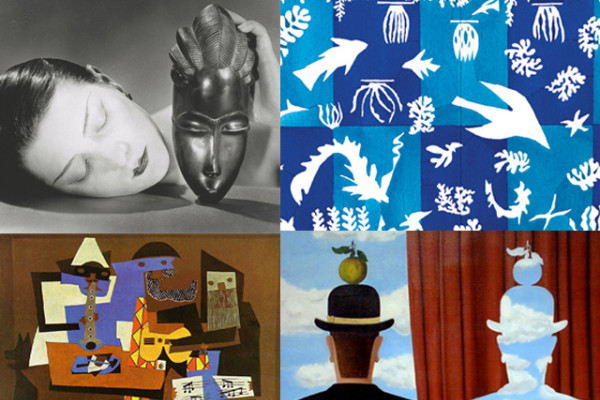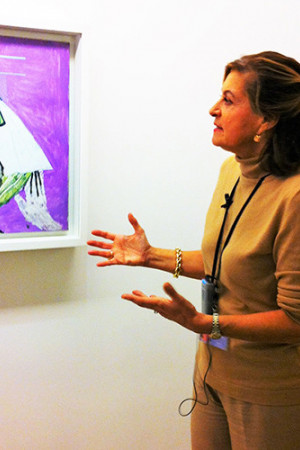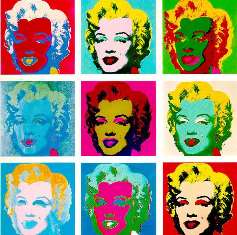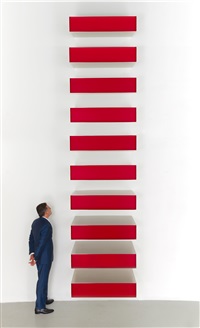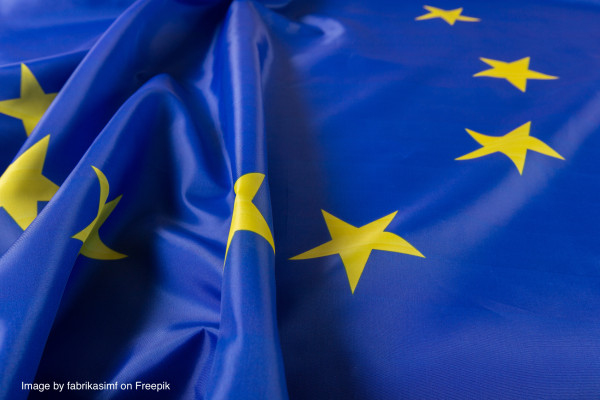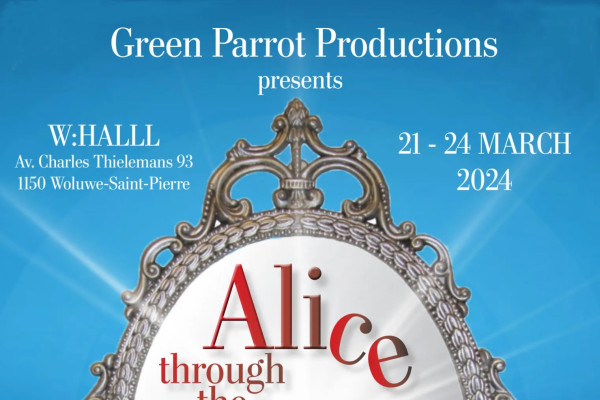How can we explain the success of contemporary art? Christiane Struyven offered several reasons. For one, the public is tired of hearing about the world’s problems, about wars, poverty, pollution and so on. A lot of contemporary art is pure, not infected with slogans. Looking at the clean lines of the minimalists’ works, you are drawn to calmness. So this art serves as a good psychological tool, which the world needs.
Another reason for this success is financial. Huge amounts of money have accumulated in private hands, and there are not many opportunities to invest. Contemporary art is a good option. The prices are high and keep on growing. At present, 48% of the total sales of art works belong to contemporary art.
Giuseppe Penone represents ‘Arte Povera’, an artistic trend which has appeared as an answer to conceptualism and minimalism. Working primarily with wood, he tries to attract our attention to nature, to the richness of the world. The rise of photography is another feature of our times. Now it occupies a place equal to painting and sculpture, commanding the same level of prices. Two German photographers, Bernd and Hilla Becher, have created a series of images of industrial constructions. Their black and white photos have a special beauty. They attract the public by harmony and rhythm. One could keep on looking at them again and again. At the same time, a German artist from Dresden, Gerhard Richter, creates both figurative and abstract paintings. His huge paintings look as if they are hidden behind a semi-transparent curtain. I guess this is the artist’s tool to hide the painful reality which he conveys on his canvases, such as the Dresden 1944 bombing, or the attempts to escape from the GDR by desperate citizens.
Another politically engaged painter is Marlène Dumas, who did a baby portrait, calling it Hitler. The portrait implies a silent question: how it happened that this cute baby became Adolf Hitler. The art of the American-French sculptor Louise Bourgeois is particularly close to me. Her parents were busy at a tapestry workshop in Paris and watching her mother repairing ancient tapestries she learned to respect work.
Louise Bourgeois looks at the world through a woman’s eyes. She creates works telling about a woman’s universe, such as love, motherhood, sufferings, family. However, everything is presented indirectly as the reflection of the real world and real emotions. That was a novelty for the mid 1960s, when in art the man’s point of view prevailed. Her most famous sculpture is entitled ‘Maman’ and portrays a nine meters high bronze spider. According to Louise Bourgeois, this is the image of a family, because spiders are known for their care of their offspring.
